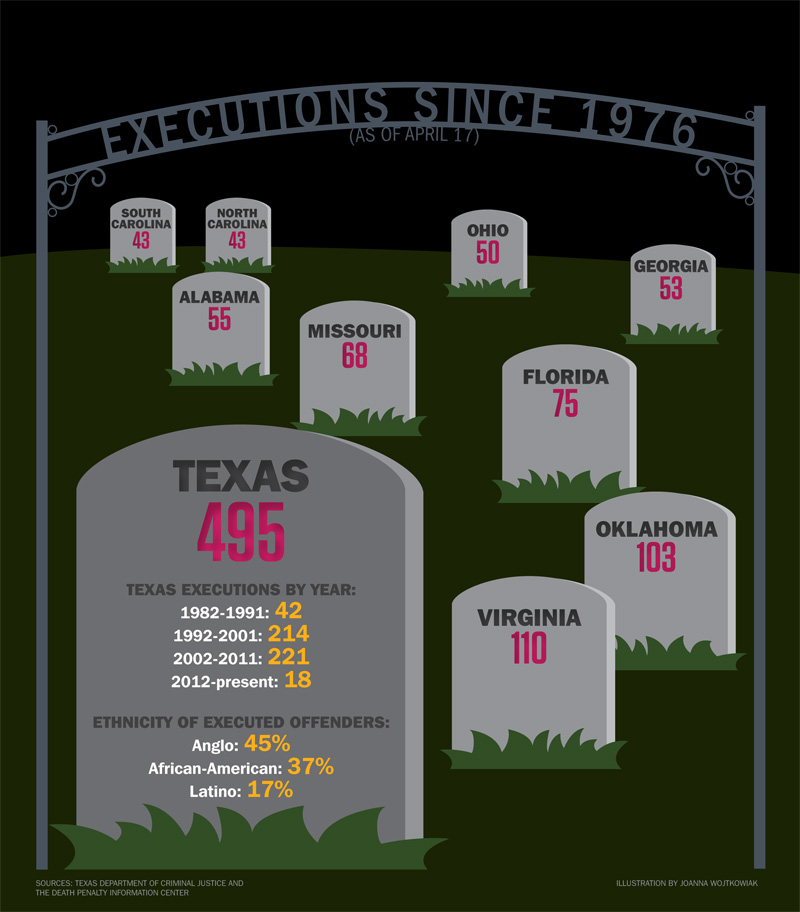
Image source: https://www.texasobserver.org/wp-content/uploads/2013/05/stateoftexasmay2013.jpg
Texas law does allow you to take your judgment debtor's non-exempt possessions, sell them, and apply the proceeds to pay your judgment. The procedure is known as a writ of execution. Using this procedure you can seize any non-exempt personal assets of the defendant and sell them to satisfy the money due you in your court order.
Personal possessions in Texas include any type of movable valuables. It does not include money or investments. It also does not include real estate. Real estate, however, can be seized with a writ of execution. Since the procedures for that are different from those for personal goods, the topic of seizing real estate is covered in another article.
Taking Possession of Personal Assets
To start the process of getting your opposing party's personal valuables, you must ask the court to issue a writ of execution. The writ is then given to the sheriff or constable in the county where the assets are located. The way in which the officer serves the writ and levies personal belongings depends on the nature of the items to be seized. More specifically, it depends on whether or not the debtor is entitled to physical possession of the items.
If the judgment debtor is entitled to physical possession and actually has possession, the sheriff will levy on the property by simply taking possession of it. If, however, the defendant's interest is a non-possessory one, the sheriff must give notice to the person who is entitled to possession of the goods. See Texas Rule of Civil Procedure 639. But, the fact that the defendant is not entitled to possession of the items does not prevent you from foreclosing on his interest.
Selling Personal Property to Pay Your Judgment
After the sheriff or constable has taken possession of your opposing party's personal valuable, the process for selling those items begins. Texas law permits seized personal items to be sold in any of three places:
1. At the place where it was taken,
2. On the steps of the courthouse in the county where the items are located, or
3. At another location that is convenient for exhibiting the items to purchasers because of the nature of the items themselves.
Before selling the items, the sheriff must post a notice of the sale at the courthouse door and in the place where the auction is to take place. See Texas Rules of Civil Procedure 649. The notice must be posted for ten successive days immediately before the sale.
If the judgment debtor has only an interest in the valuables but not the right of possession, the personal items being sold do not have to be displayed at the auction. But, if he has the right of exclusive possession of the personal property in question, the items can not be sold without being presented for viewing by those attending the sale.
After the sheriff sells the judgment debtor's personal items to the highest bidder, he releases possession to the winner. If the defendant did not have the right of possession of the property, the sheriff gives the winner of the auction a bill of sale. The bill of sale proves that the auction winner now has the same interest in the assets as that previously held by the defendant. The winner can present that bill of sale to the person with the right to possess the property.
Of course, the funds paid by the winning bidder are turned over to you to be applied to the outstanding balance of your court ordered money award.